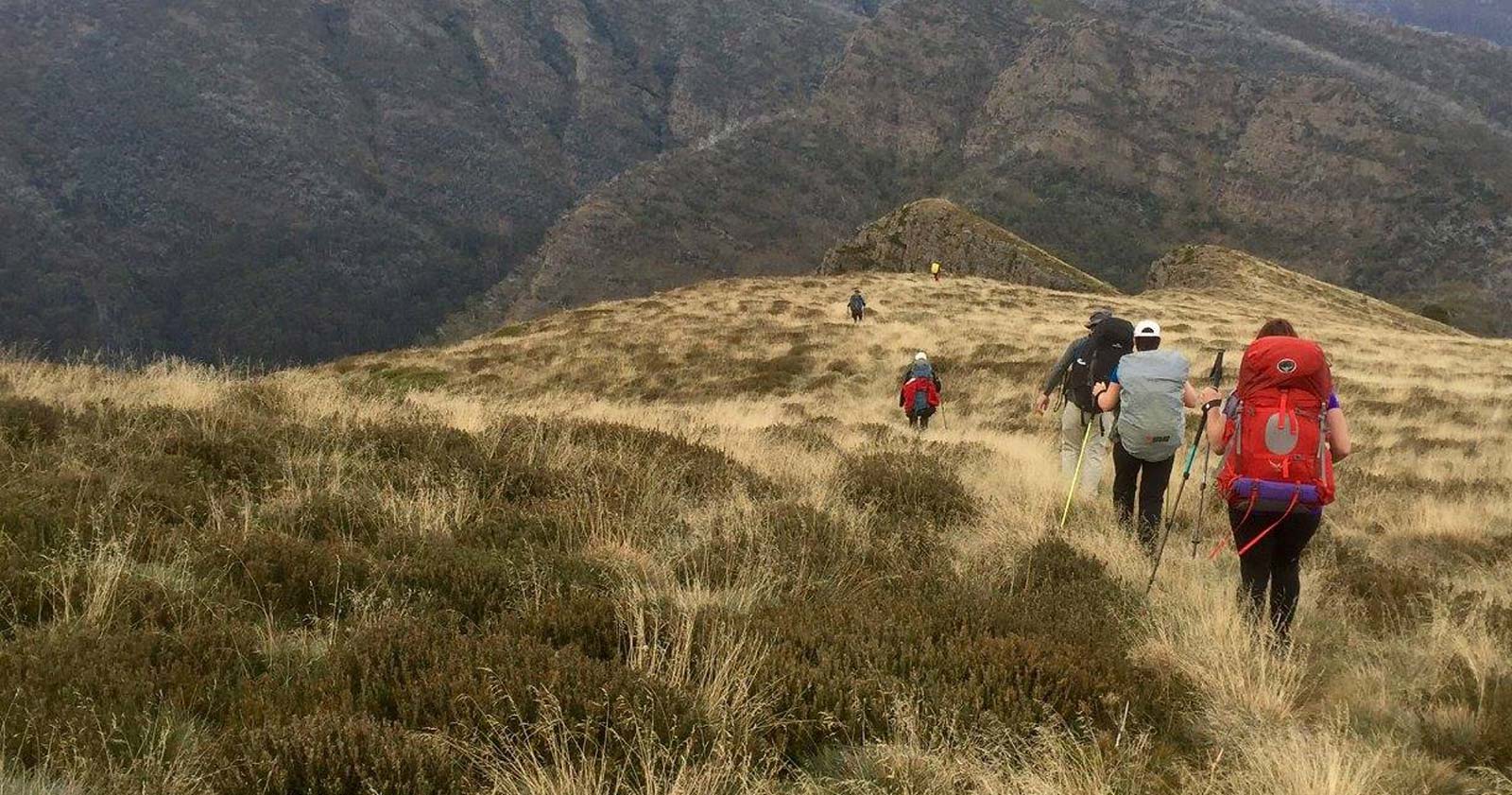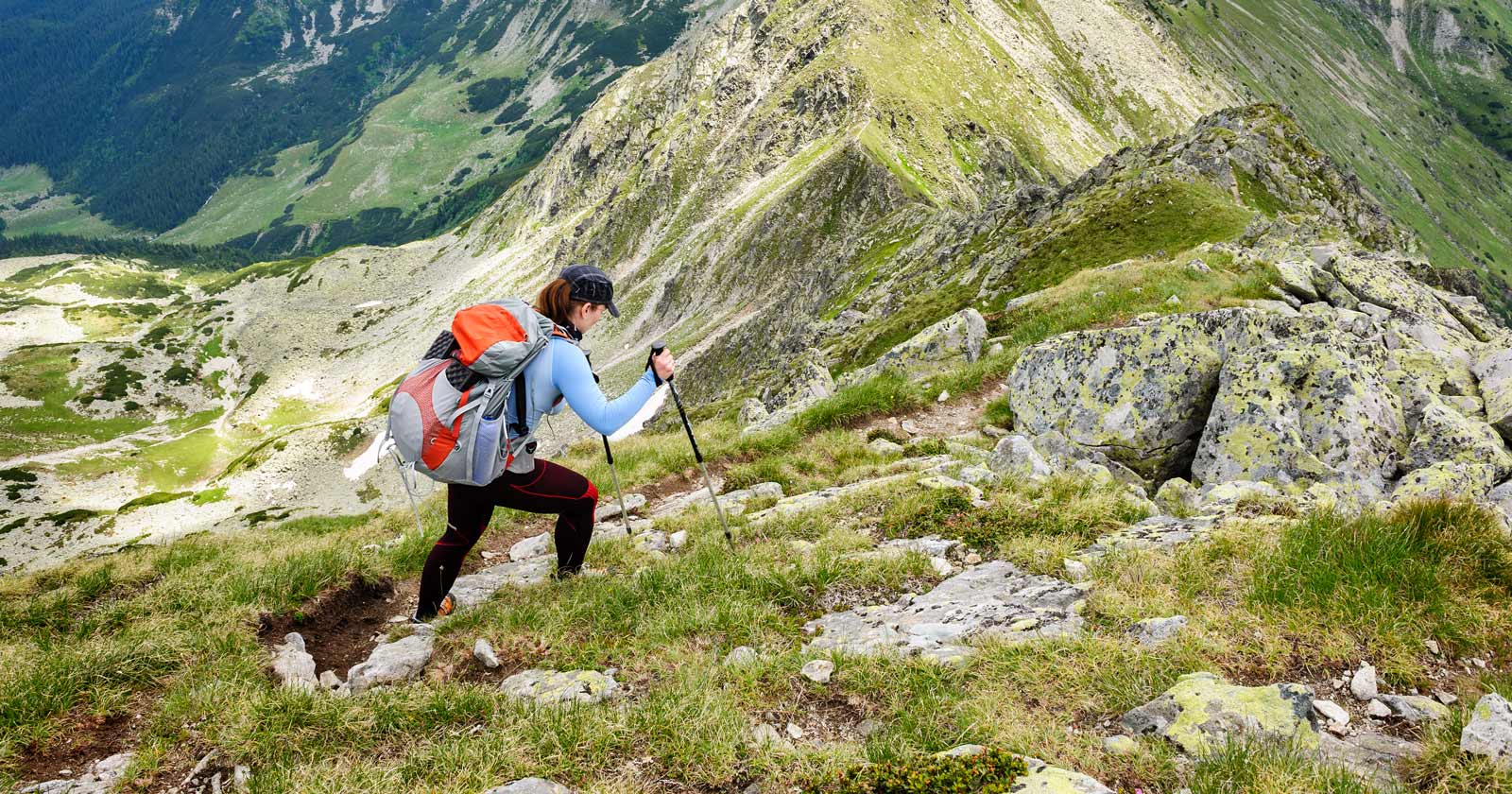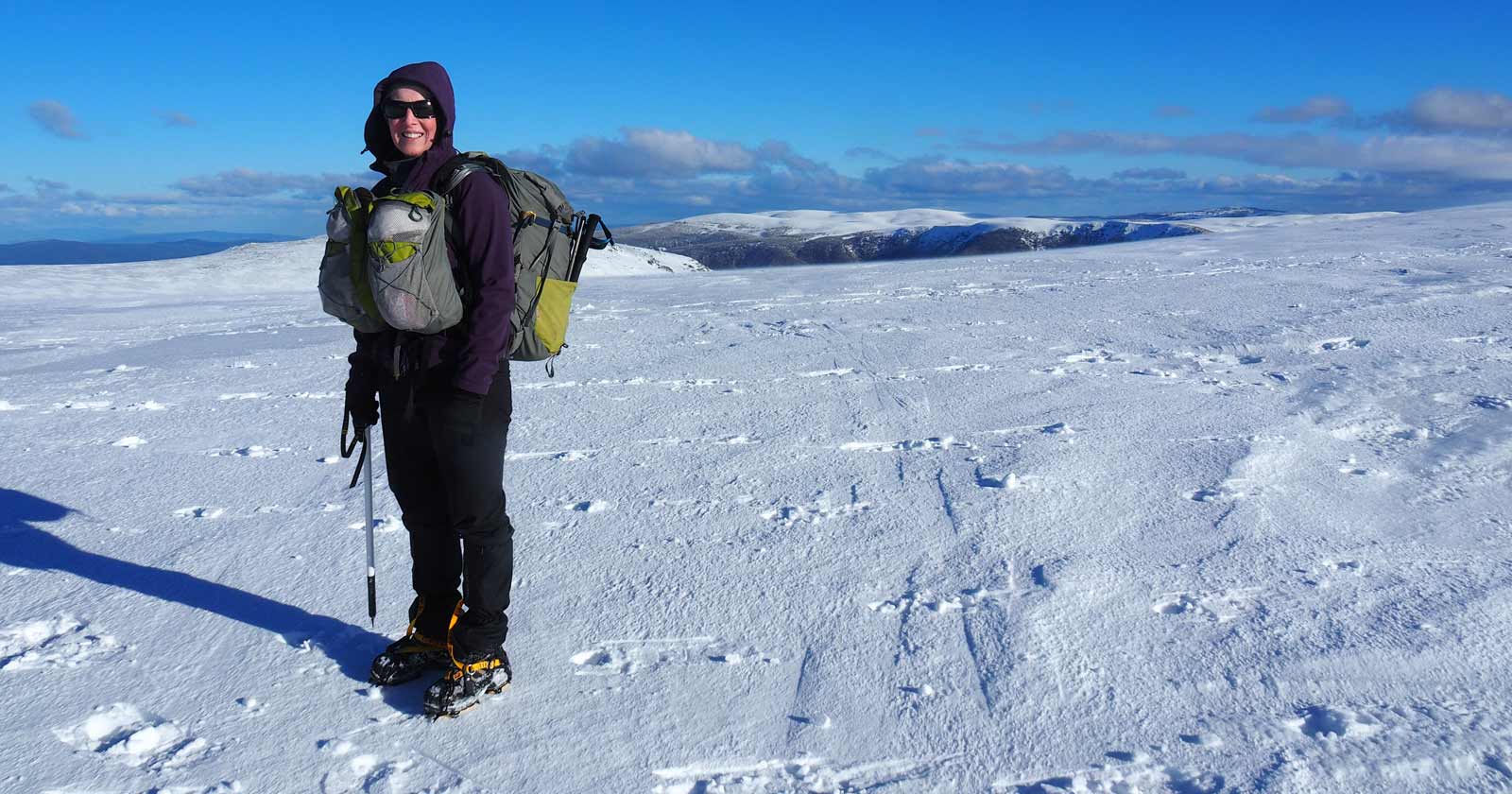Develop your own rhythm
There are many simple ways to make your wilderness adventures safer, more enjoyable, and more invigorating. A lot of newer hikers either get worn out too early, or bite off more trail than they can chew in the available time. Just as a marathon runner does not sprint until he’s exhausted, and then plods along, you’re going to have to pace yourself for a long hike. On any hike it is important to focus on setting the pace and establishing natural rhythm that suits you or the slowest member of your group.
Developing your own rhythm and finding your pace may take a while, and it will shift with the environment and your skill level. Your rhythm is a relaxed pace that you could consistently maintain all day. Once you’ve got a steady pace, you can sync every moving part to set up your hiking rhythm. The objective is to get your body moving in harmony so that it is more efficient and can cover more ground before you get tired.
You will need to take a break to allow your heart, lungs, and muscles to rest. Breaks will also allow you to identify any hot spots, sore spots, or potential issues that you might not have noticed while you were in motion.
Pace setting tips
Breathe smoothly, steadily and in rhythm with your pace and consider the following suggestions.
- Plan a hike that is suitable for everyone in your party and let the slower person set the pace. There is nothing more frustrating and potentially dangerous than a slow hiker falling behind the group
- Hike at a safe pace – especially uphill – where you’re not pushing your heart or respiratory rates into the red zone, and take frequent, short breaks. Hiking is an endurance sport, not a sprint: Dial in a pace that you can maintain for hours rather than a pace at your upper limits, which will fatigue you much faster
- Walk with the entire soles of your boots touching the ground, to spread the load evenly across your feet
- Your hands should be free to assist in keeping your body stable. Alternatively, carry a hiking pole to assist with balance
- Avoid running or jogging over rough terrain, unless you are a trail runner
- Avoid excessive conversation, which may affect your breathing rhythm and concentration
- Concentrate on the trail and always look where you tread
- To avoid accidents, always stop walking when you read your map or check your navigation device
- When moving forward, keep a suitable distance from the hiker in front of you.
Hike at a safe pace – especially uphill – where you’re not pushing your heart or respiratory rates into the red zone, and take frequent, short breaks. Hiking is an endurance sport, not a sprint: Dial in a pace that you can maintain for hours rather than a pace at your upper limits, which will fatigue you much faster. On hard ascents, stop for a 30-second breather when you need to; even brief rests can provide a surprising degree of physical recovery. Similarly, keep most of your longer breaks to sit for eating/treating water/bathroom/cooling feet to 15 to 20 minutes or less. That allows plenty of rest time without letting your muscles cool down completely, so you’re still ready to hit the trail at a strong pace.





